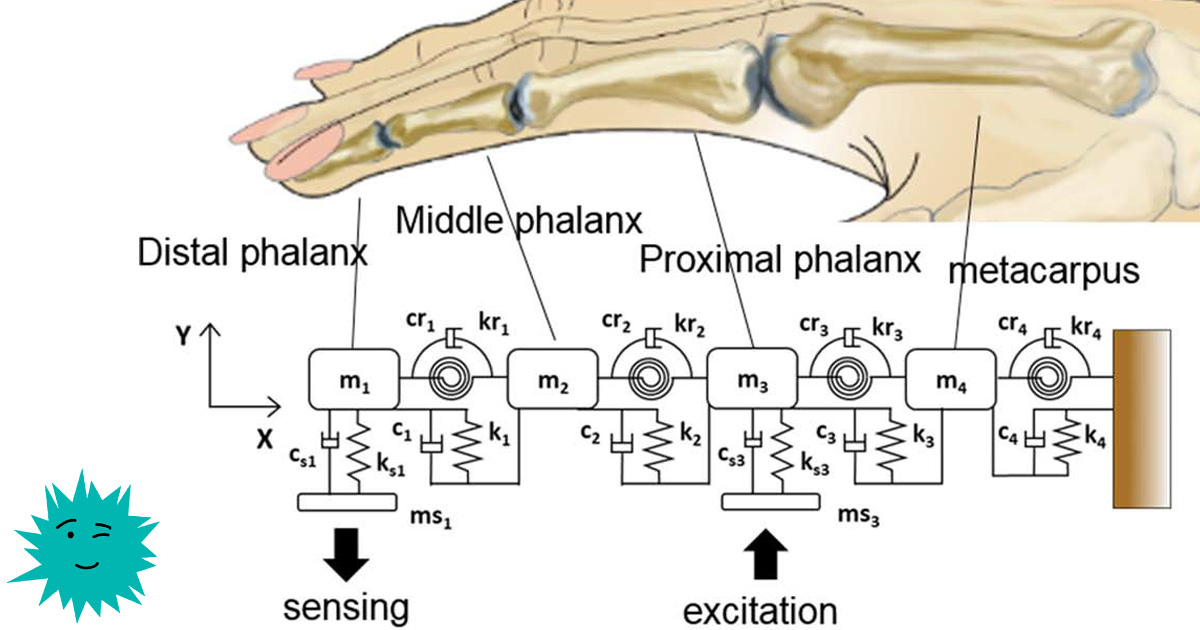
South Korean scientists have invented a new method of biometric identification: by sound waves passing through the body (finger) . It turns out that this signal is quite unique for each person. And it is devoid of the main vulnerability of optical biometrics methods, such as fingerprint, iris or face scanning. All of these methods are inherently susceptible to "biometric material" photography spoofing. This will not work with sound waves, they cannot be photographed.
The developed system of bioacoustic frequency spectroscopy modulates microvibrations that propagate through the body and generate a unique spectral characteristic. In the tests, the characteristic was maintained for two months and provided the verification accuracy of 41 subjects at the level of 97.16%.
As the Internet of Things and smart things spreads, biometric identification is predicted to become increasingly important. Basic biometric authentication relies on images of the human body. But as mentioned above, these images can be copied by intruders. Fingerprints are the easiest to counterfeit.
Fingerprint tampering
A person's fingerprints can be photographed on a glass surface, on a smartphone, a doorknob or other smooth surface, printed, etched onto a printed circuit board, then made a copy from gelatin - and the "artificial finger" is ready.
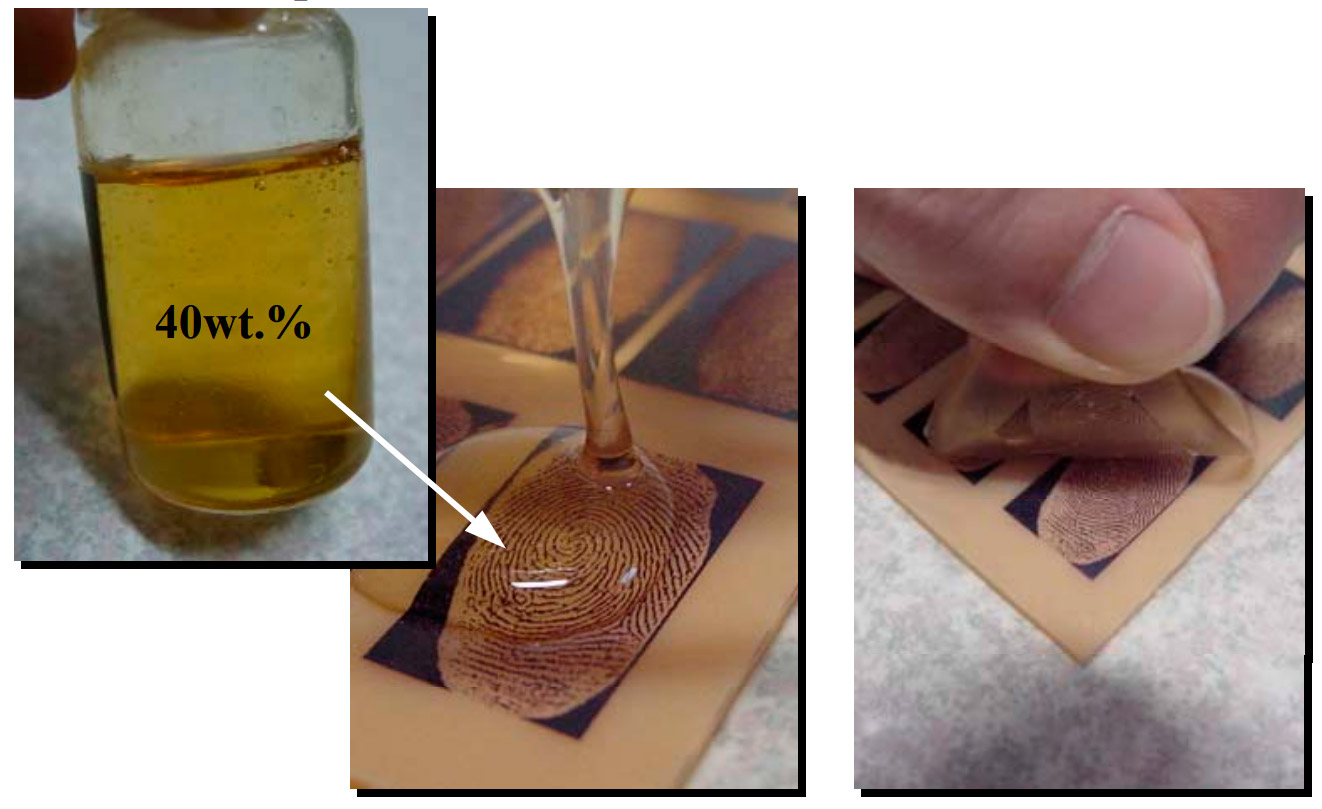
A more reliable option using tracing paper and wood glue that works against Apple TouchID:
- 2400 dpi. TouchID, .
- - , .
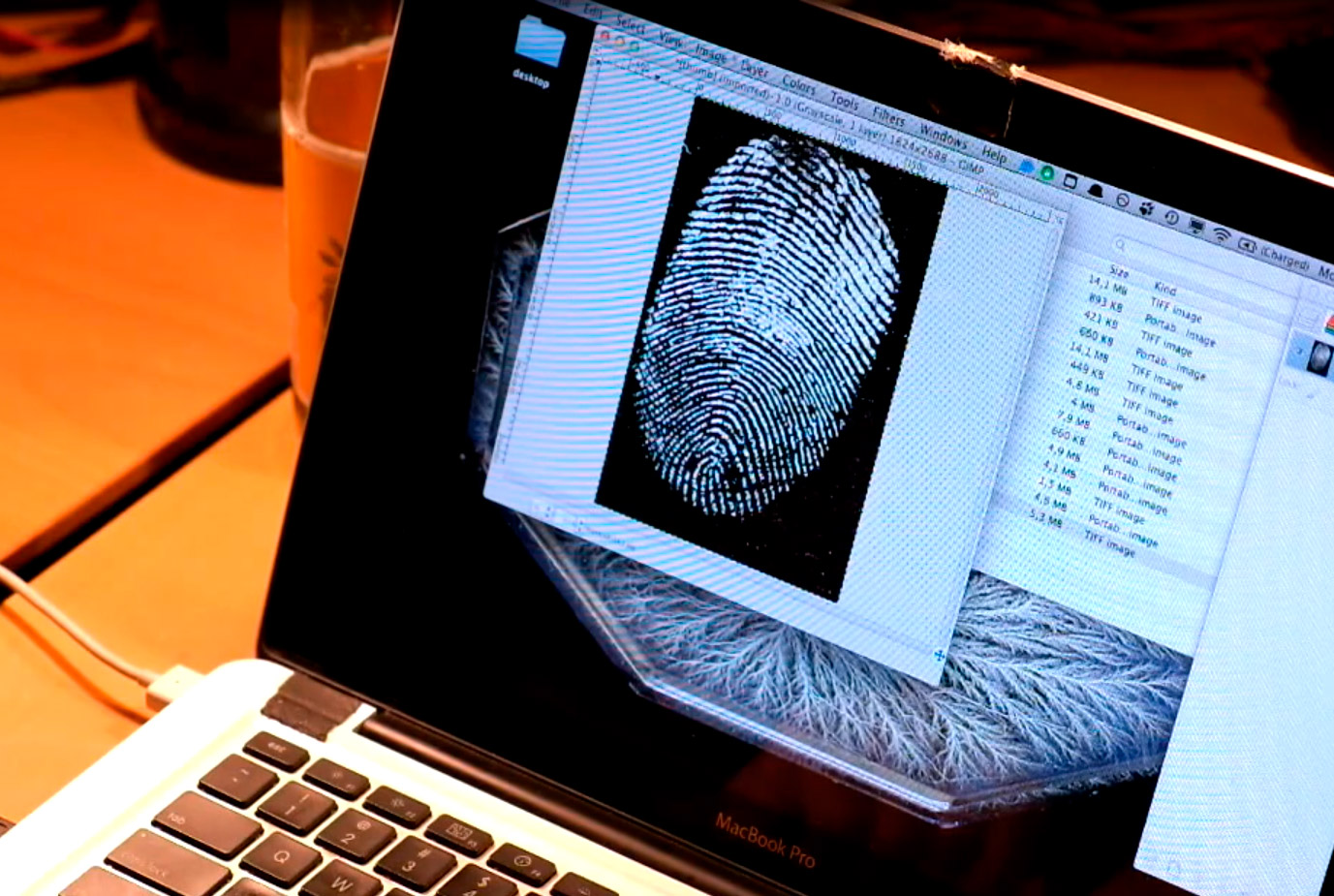
- 1200 dpi.
- .
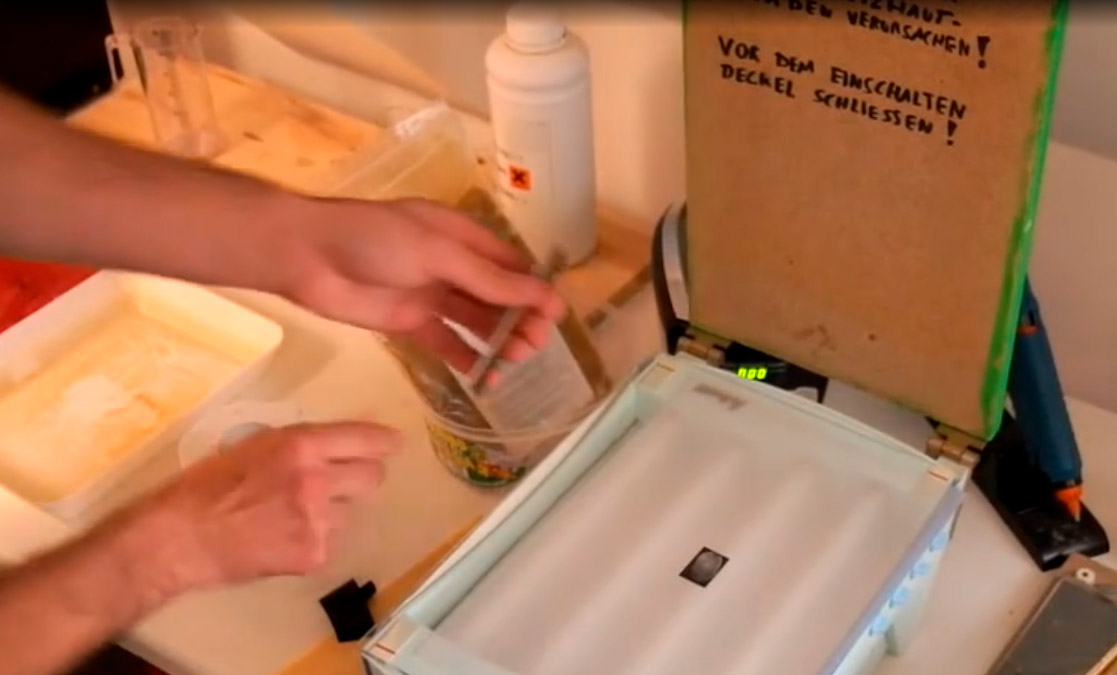
, , , . , .

- TouchID.
- .
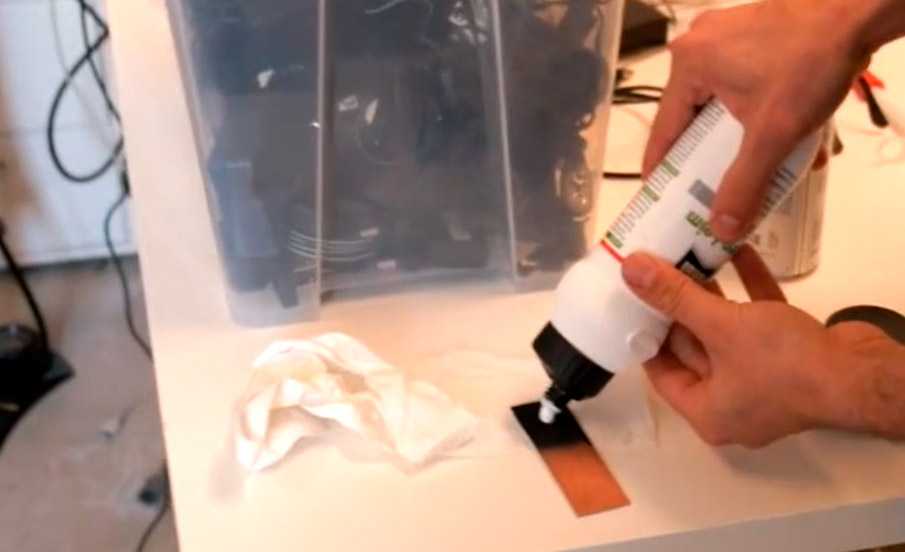
-, . .

Iris-based recognition systems are considered more accurate, although a fake iris is also fabricated from a photograph of a person using a high-resolution printer and regular contact lenses (see the Samsung Galaxy S8 iris scanner spoofing video ).
To copy the iris, a photograph of a person taken from an average distance in the night mode (for the infrared spectrum) is sufficient. The photo is printed on a laser printer so that the size of the iris matches the size of the contact lens. Then the contact lens is placed on the sheet - and the phone is unlocked using this photo.
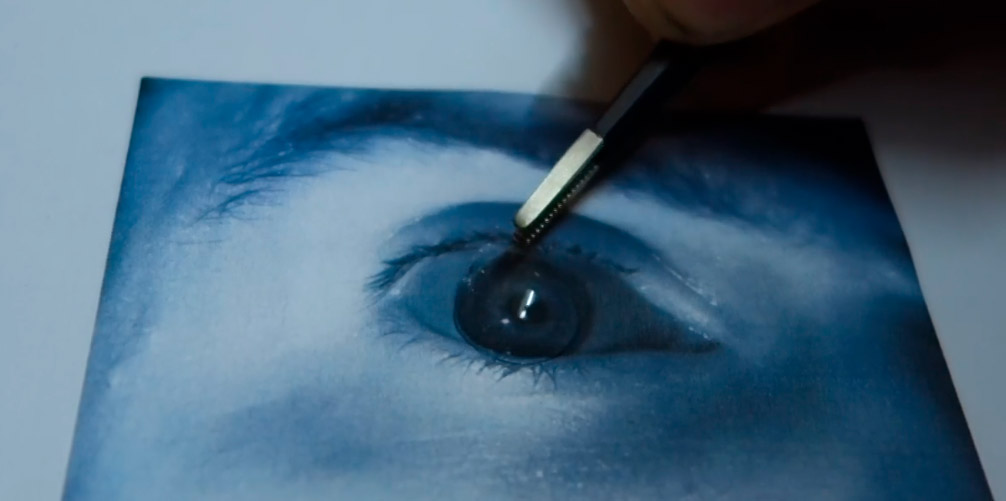
Alternative biometrics
To address these issues, researchers are proposing alternative biometrics, including palmprint , vein , ear contour , knuckleprints , nasal pores , and combined multimodal biometrics . However, all of these technologies still rely on the structural characteristics of the resulting optical image and are therefore susceptible to tampering using copied biometric data.
Bioacoustic signature
The new biometric authentication platform works in a fundamentally different way. It is based on the biodynamic finger response in the acoustic spectrum. This is the first scientific work that suggests using biacoustics in this way. Previous acoustic techniques were limited to voice recognition and breath sound signatures, while other options remained relatively unexplored.
Below is a schematic illustration of the platform and concept of an acoustic identification system that uses the transmission of vibration signal characteristics through the bones and tissues of the finger.

() ; (b) , () ; () : c , , , - ; (d) ; () c ; (f) ,
The illustration shows how the proposed scheme of bioacoustic sensing works. When people touch an object with their hand, microvibrations propagate through the fingers and hand, carrying information about the objects with which they interact. The acoustic signal is transmitted differently due to the anatomical features of each body. Thus, the signal contains anatomical information about the structure of the body, namely bone, cartilage, tendon and muscle tissue - and relies on their geometry as well as biomechanical properties.
For authentication, the user places his finger on a platform on which a signal transmitter (transducer) and an acoustic sensor. Sites of excitation and probing are selected in such a way that the acoustic signal passes through the proximal and middle phalanges of the finger. In particular, the acoustic sensor is positioned 3 mm above the anterior distal interphalangeal fold, which is the lower end of the distal phalanx. The transmitter is located at a distance of 50 mm from the acoustic sensor, completely covering the length of the middle phalanges of the finger.
Experiments have shown that the individual waveform is retained at different finger pressure.
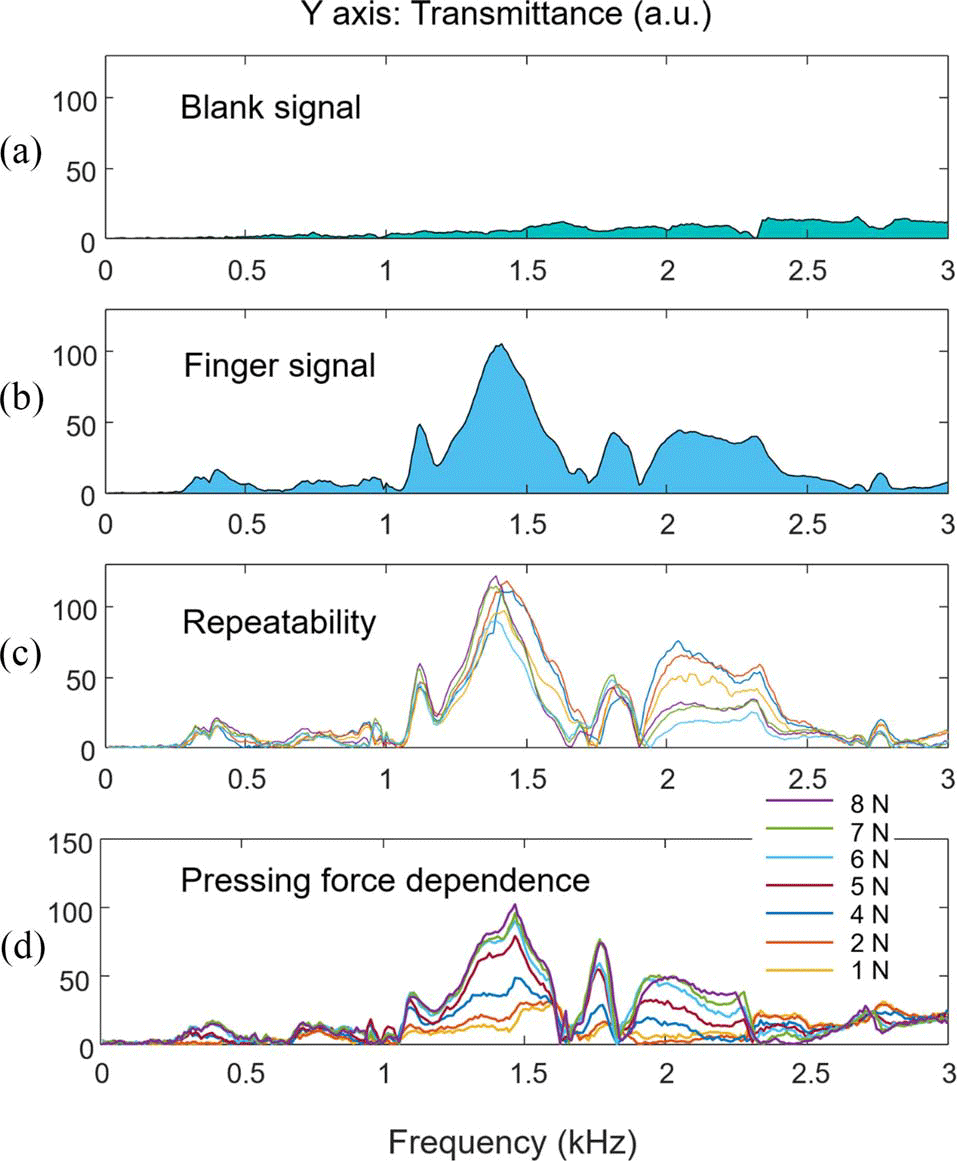
Repeatability (s) and waveform at different pressures (d)
The measurement was carried out in the range from 100 Hz to 3 kHz in 10 Hz steps, which takes 15 seconds. Perhaps, with the improvement of the hardware, these characteristics can be optimized.
Starting the experiment, scientists were worried that due to changes in tissues and cells, the signal would change. Therefore, the experiments were repeated three times with an interval of 30 days. They were surprised to find that the bioacoustic signature did not change at all during this time. Although it can be assumed that as a person grows and ages, his anatomical structure still changes significantly enough to affect the signal shape.
This study also had an unexpected effect. Bioacoustic frequency spectroscopy has proven to be so accurate in tissue analysis that inventors have begun to explore its use even for diagnosing musculoskeletal disorders.
A scientific article describing the bioacoustic signature was published in the IEEE Transactions on Cybernetics (doi: 10.1109 / TCYB.2019.2941281).
Advertising
Bring your ideas and projects to life with our instant activation servers on Linux or Windows . The server is ready to work in a minute after payment!
